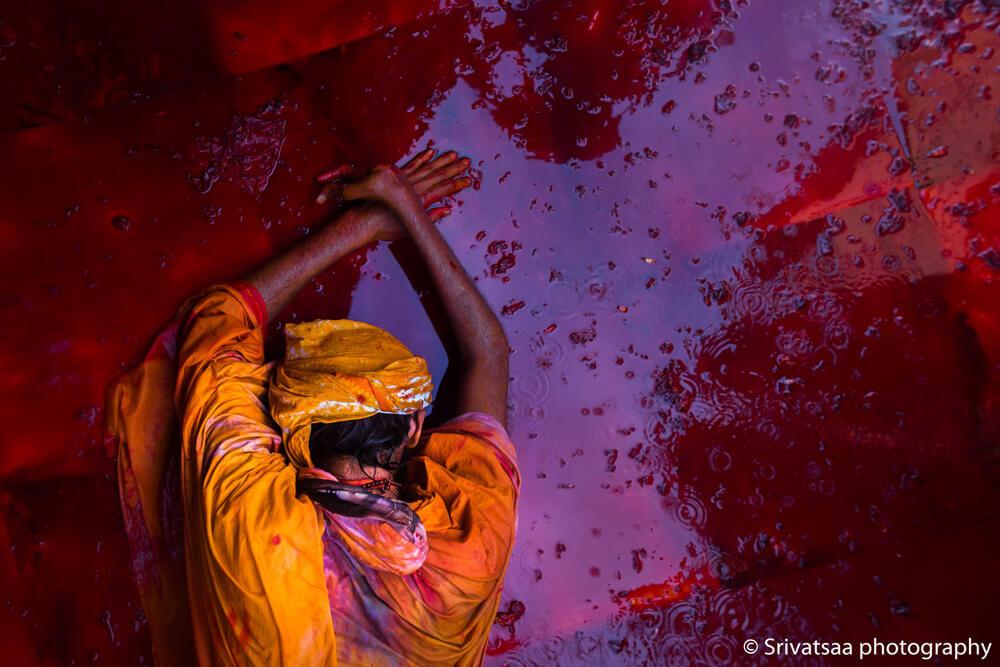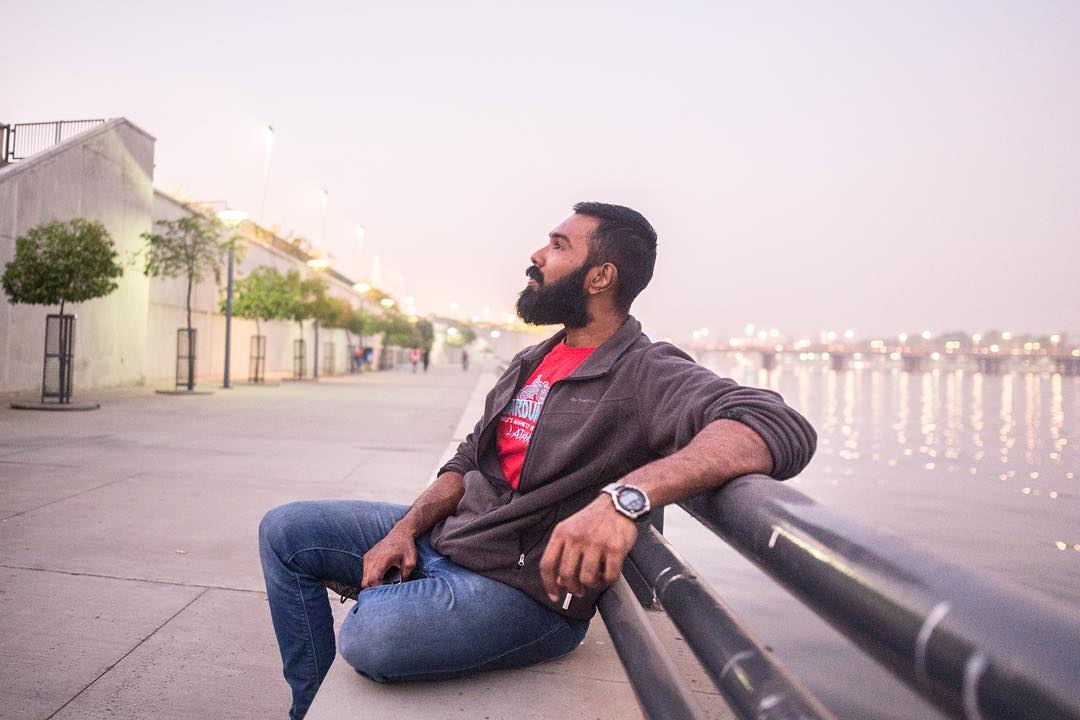The Travel Series: Top 10 Travel Photography Tips For Beginners


Travel is always fun to explore the places but of course, I do think it gives an immense opportunity to expand our perspectives. If you are a photographer, it will be real feather in your cap to have progressive skills. The more you travel, the more experience you get that you can comprehend your thoughts, perspective and stories.
1. Do you travel light?
Travel photography by its very nature is inspirational and exciting – but it’s easy to get carried away when you prepare what to take with you. Whilst it would be fantastic to take all of your kit abroad practicalities such as baggage allowance and insurance costs could mean you are better of hiring equipment on arrival or opting for lesser items.
Ideally if you choose to take your own kit you’ll need to travel light: one, a wad of memory cards, a lightweight mini tripod, portable storage unit, a pocket-size compact, a flash unit, a selection of lenses and a durable camera bag that distributes the weight evenly over your shoulders and protects against heat, cold, sand and moisture.
 2.What’s your choice for the lenses?
2.What’s your choice for the lenses?
Travel opens up a wide scope of genres for the avid photographer to explore, but picking which lenses to take will ultimately help or hinder you in the field. If you only have the room or budget to select one glass, opt for a fast zoom such as an 18-200mm or 28-300m etc.
Sometimes you’ll find the focal point far off in the distance, but other times it could be right under your nose, as such a variable focal length lens that starts with a healthy wide angle and follows through to telephoto is ideal.
If you have extra room or would prefer a wider choice consider: a portrait prime lens (e.g. 50mm or 85mm), a wide angle lens (e.g. 10-24mm) and a telephoto (e.g. 70-200mm).

3. RAW or JPEG?
Shooting in RAW and JPEG Fine will offer you greater flexibility on your return, but this will mean you’ll need to travel with a several high capacity memory cards.
Get in to the habit of downloading your images to a laptop or photo storage device every night so you can free up your memory cards for the next day. When you go off shooting, take twice the amount of cards/capacity with you than you would expect to need.
 4. Do you take notes?
4. Do you take notes?
Each night, after a hard day’s slog with your camera, take the time to jot down a few notes in a journal about the day’s events.
This will help when you come to add keywords and descriptions of the places, people and activities featured in your photos. Alternatively some cameras allow for small sound bites to be attributed to each image which is another way to reference your pics.
 5. How to explore the Location ?
5. How to explore the Location ?
If you find gaining inspiration of what to shoot difficult, start by taking a walk to the local tourist information centre and ask the staff their where they recommend you visit.
Explain what style of photography you enjoy and ask whether there are any local guides or fellow photographers in the area who would be willing to show you some of the sights away from the tourist track.
Take a look at postcard stands to decide what areas or resorts appeal to you and read through guide books or search online before your trip to get an idea of what you want to achieve. If you have the time prepare a ‘shot list’ to help focus your mind when you are on location.
 6. Do you ask people for Portraits ?
6. Do you ask people for Portraits ?
One of the biggest stumbling blocks for any travel photographer is confidence. We’d all love to grab those beautiful environmental portraits – expressing the subject’s culture and character but many of us choose to fire of a telephoto shot from metres away for fear of rejection.
But what’s the worst that could happen? They could say “No”. That’s no big deal!
The chances are they will smile and nod their head in agreement and you are good to go. Take a deep breath, walk right up to the subject and ask if you can take their photo. Be polite.
If they do say “No”, just smile, thank them and move on. If they agree smile, thank them and fire off a few shots. They may have been uncomfortable during these initial frames so show them the LCD monitor and use this opportunity to check the histogram. If you sense they are relaxed take the opportunity to grab a few more frames but sense when it is time to stop and move on. If there is a language barrier- simply smile and express with your face and hands.
 7. How to be mentally environmentally conscious ?
7. How to be mentally environmentally conscious ?
Most places in the world are relatively safe and the people friendly, but there are a few pockets of the globe where this may not be the case, so always take care to be conscious of your safety and take some sensible precautionary steps to reap better confidence in unfamiliar surroundings.
The first thing you should do after booking your trip is to take out adequate travel insurance for you and your gear and check the policy carefully to see what is covered – some adrenaline-orientated activities such as white water rafting or bungee jumping may be excluded for example.
Invest in solid luggage locks and anti-theft bags are great for travelling photographers. Pocket a small amount of local currency in an easy-to-reach place and the rest of your cash elsewhere and keep a list of emergency numbers and phrases on your person.
 8. Do you think Outside the Box?
8. Do you think Outside the Box?
In choice tourist destinations it can be tricky ‘thinking outside of the box’ when there are so many cliché or timeless views of recognisable landmarks and sight-seeing subjects.
Perhaps limit yourself to ten ‘safe’ shots – focusing on composition and technique and then unleash your creativity and focus on originality.
Shoot from the floor with a wide angle or fish eye lens, climb a tower and shoot from above, wait for dawn/dusk – mount your camera on a tripod and slow the shutter speed to capture the landmark in beautiful light whilst incorporate the ghostly movement of tourists strolling by.
 9. Do you research your Location?
9. Do you research your Location?
If you haven’t yet booked your travel arrangements, investigate the place a little further to find out when the country/city/town celebrates spiritual or religious events, traditions, national holidays and carnival style celebrations. Visiting during these times can offer a great magnitude of photographic opportunity, especially for portraiture and documentary style shots.
 10.How do you get Inspired ?
10.How do you get Inspired ?
Watch the portfolio of other photographers in order to get new ideas and get inspiration. Also, If you perceive yourself as an artist, you must acknowledge the work of other artists. Do not underestimate inspiration: visit art galleries, attend some photography lectures, listen to classical music, read good books.





